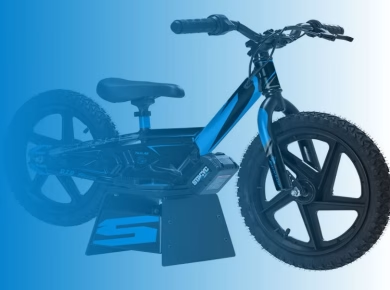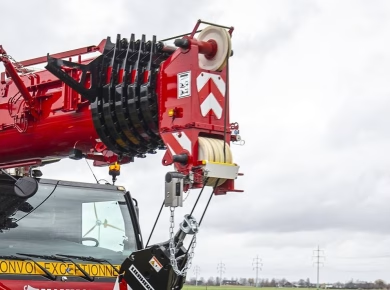Every day on the job site, the question of safety gear looms large over every decision we make. It’s not just about compliance; it’s about protecting lives. When it comes to visibility gear, a debate often arises between reflective and hi-vis clothing. While both serve the essential purpose of keeping workers visible, the nuances of their effectiveness can have serious implications in high-risk environments like construction, health, and safety. Having spent years navigating the complexities of site management, I’ve seen firsthand how the right choice can make all the difference in protecting our teams.
Understanding Visibility Gear
Visibility gear comes in various forms, but reflective and hi-vis clothing are the two most prominent categories. Reflective gear is typically designed with materials that bounce light back to its source, making the wearer more visible in low-light conditions. Hi-vis clothing, on the other hand, is made from brightly colored fabrics that stand out against most backgrounds, even in daylight. Choosing between them is not simply a matter of preference; it can have real consequences for worker safety.
The Importance of Reflective Material
Reflective materials are a game-changer, particularly in low-light scenarios. Picture a construction site at dusk or a roadway where workers are tasked with repairs after sunset. Here, reflective gear becomes vital. The way light reflects off these materials can significantly enhance a worker’s visibility to passing vehicles or machinery. I once worked on a site where night shifts were common, and we mandated reflective vests for anyone working outside under artificial lighting. The difference was palpable; incidents dropped dramatically as drivers could see our crew from a distance.
Hi-Vis Clothing in Daylight
Conversely, hi-vis clothing shines in daylight conditions. Bright yellows, greens, and oranges are not just for show; they are scientifically designed to contrast sharply with natural surroundings. In my experience, projects that took place in urban environments, where backgrounds constantly changed, benefited greatly from hi-vis gear. Workers wearing these colors were far more noticeable, reducing the risk of accidents. I recall one instance where a site supervisor noticed a laborer in a bright orange vest from a quarter-mile away—something a standard work shirt simply wouldn’t have achieved.
Real-World Challenges: Weather and Environment
Weather plays a crucial role in visibility, and understanding how different conditions affect gear performance is essential. Rain, fog, and snow can all diminish visibility, making it imperative to choose the right type of clothing. On one particularly rainy day, I observed a team struggling with visibility despite wearing hi-vis gear. The rain muted the bright colors, reducing their effectiveness significantly.
After that experience, we revised our gear policy to incorporate reflective materials for all outdoor work, regardless of the time of day. This change proved invaluable; even in poor weather conditions, the reflective strips on jackets and vests ensured that our workers remained visible, reducing the risk of accidents.
Comfort and Compliance
While visibility is paramount, comfort should not be overlooked. Workers are more likely to wear their safety gear consistently if it feels good. Over the years, I’ve encountered numerous complaints about the weight and breathability of reflective gear. Finding a balance between durability and comfort is key.
During a compliance training session, I learned about various manufacturers that offer lighter reflective fabrics without compromising safety. We made the switch to these options, and the positive feedback from the crew was immediate. Happy workers are safer workers, and that’s a lesson I carry with me at every site.
Creating a Culture of Safety
Choosing between reflective and hi-vis gear is just one piece of the puzzle. It’s essential to foster a culture of safety on-site. Regular training sessions can educate workers about the importance of visibility gear, ensuring they understand how it can protect them. I often share stories from my own experiences to illustrate the real-world implications of poor visibility, reinforcing the necessity of compliance.
Encouraging open dialogue about safety gear can also help identify potential issues. On one occasion, a team member pointed out that while the hi-vis vests were effective in daylight, they struggled to be seen when the sun set. This feedback led to an assessment of our gear policy, ultimately resulting in a better mix of reflective and hi-vis options for our crew.
Final Thoughts: Making the Right Choice
Ultimately, the choice between reflective and hi-vis gear should not be made lightly. Both types serve critical roles in maintaining safety on construction sites and other high-risk environments. It’s essential to consider factors such as the time of day, weather conditions, and worker comfort when deciding on the appropriate gear.
Investing in quality visibility gear is an investment in the safety of your team. As professionals, we owe it to our workers to provide them with the best possible protection. Whether it’s reflective materials for those late shifts or hi-vis colors for sunny days, the right choice can save lives. Let’s commit to making informed decisions that prioritize safety above all else.


